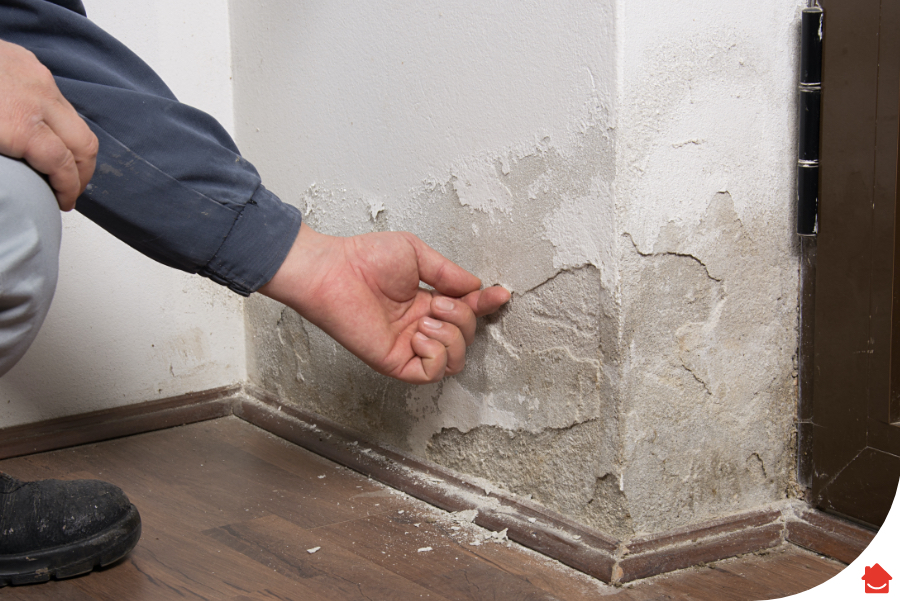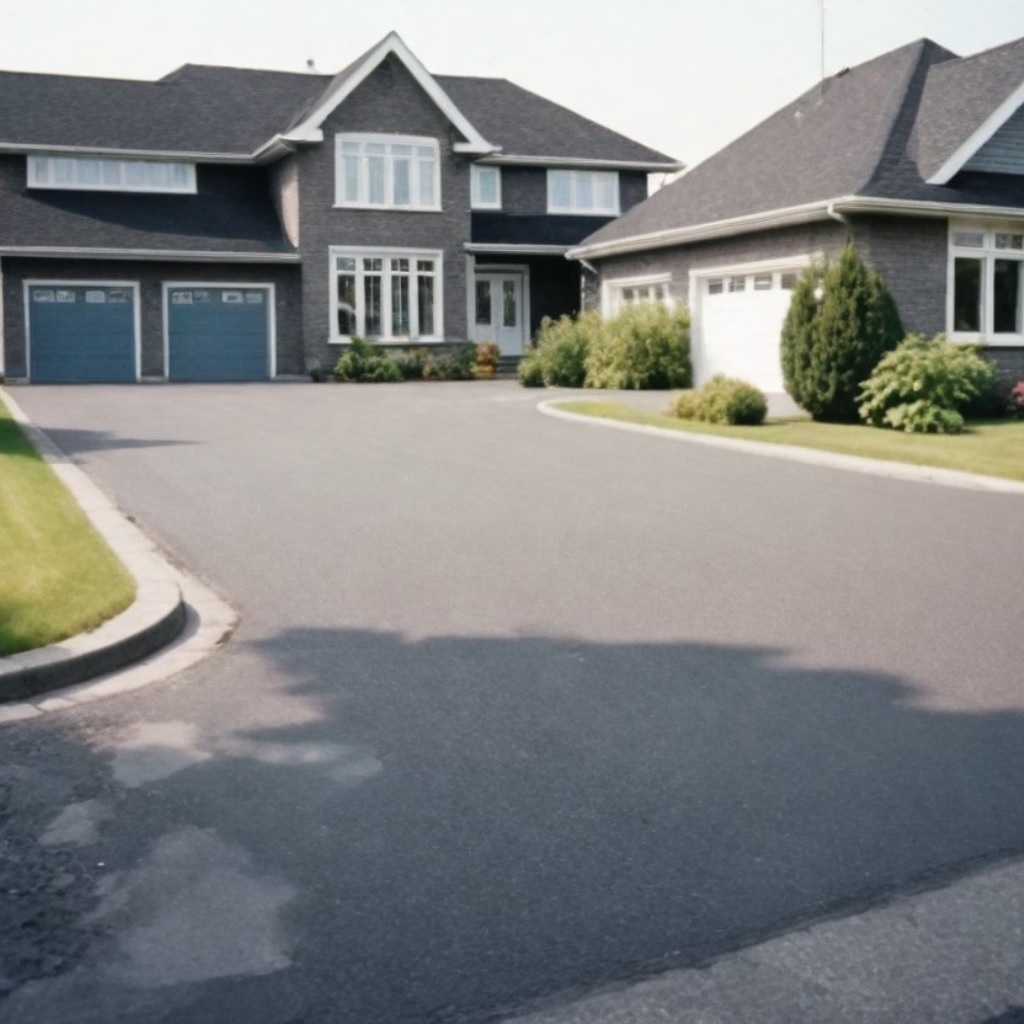Proper ventilation plays a crucial role in managing rising damp issues within buildings. When groundwater rises through porous materials, such as brick or concrete, it can result in dampness and moisture-related problems. However, by ensuring adequate airflow and ventilation, you can effectively prevent and manage rising damp. In this article, we will explore the importance of proper ventilation and how it can help mitigate rising damp issues.
The Significance of Ventilation
Ventilation is the process of replacing stale indoor air with fresh outdoor air. It helps regulate humidity levels, remove excess moisture, and prevent the buildup of dampness within a building. By allowing air to circulate freely, ventilation reduces the chances of condensation and inhibits the growth of mold and mildew. When it comes to managing rising damp issues, ventilation plays a vital role in preventing moisture from accumulating and seeping into the building’s structure.
How Ventilation Helps Manage Rising Damp
1. Reducing Moisture Levels
Proper ventilation helps reduce moisture levels within a building, creating an environment that is less conducive to rising damp. By allowing fresh air to enter and circulate, it helps remove excess moisture from the air, preventing it from condensing on walls and floors. Lowering moisture levels inhibits the progression of rising damp and minimizes the risk of damage to building materials.
2. Promoting Drying
When rising damp occurs, it is essential to promote drying to prevent further moisture buildup. Ventilation aids in the drying process by facilitating the evaporation of trapped moisture in affected areas. By introducing fresh air, ventilation helps carry away moisture vapor, allowing damp surfaces to dry more quickly. This reduces the likelihood of mold growth and structural damage associated with prolonged dampness.
3. Preventing Condensation
Condensation is a significant contributor to rising damp issues. It occurs when warm, moist air comes into contact with cooler surfaces, leading to water droplets forming. Proper ventilation helps combat condensation by improving air circulation and reducing temperature differentials within a building. By equalizing the temperature and humidity levels, ventilation minimizes the occurrence of condensation and the subsequent risk of rising damp.
4. Improving Indoor Air Quality
Effective ventilation not only helps manage rising damp but also improves indoor air quality. Damp environments can harbor pollutants, allergens, and unpleasant odors, impacting the health and comfort of occupants. By introducing fresh outdoor air and removing stale indoor air, ventilation helps create a healthier living environment, free from the musty odors associated with rising damp.
Implementing Proper Ventilation
To ensure proper ventilation and manage rising damp effectively, consider the following measures:
- Natural Ventilation: Make use of windows, vents, and openings to allow fresh air to enter and circulate throughout the building naturally. This can be achieved by opening windows regularly, installing air vents in damp-prone areas, and keeping internal doors open to encourage airflow.
- Mechanical Ventilation: In areas where natural ventilation is insufficient, mechanical ventilation systems can be installed. These systems include exhaust fans, air purifiers, and dehumidifiers. Mechanical ventilation ensures continuous airflow and helps control humidity levels, reducing the risk of rising damp.
- Moisture Extraction: In spaces prone to excessive moisture, such as bathrooms and kitchens, utilize extractor fans or range hoods to remove moist air directly from the source. This helps prevent moisture from spreading to other areas of the building, reducing the likelihood of rising damp.
- Regular Maintenance: Regularly inspect and maintain ventilation systems to ensure they are functioning optimally. Clean or replace air filters as needed and address any issues promptly to avoid ventilation problems that can contribute to rising damp.
Conclusion
Proper ventilation plays a critical role in managing rising damp issues by reducing moisture levels, promoting drying, preventing condensation, and improving indoor air quality. By implementing appropriate ventilation strategies and ensuring good airflow within a building, you can effectively prevent and mitigate rising damp problems. Remember to assess your specific ventilation needs, consider natural and mechanical options, and prioritize regular maintenance to keep rising damp at bay and maintain a healthy living environment.













Comments